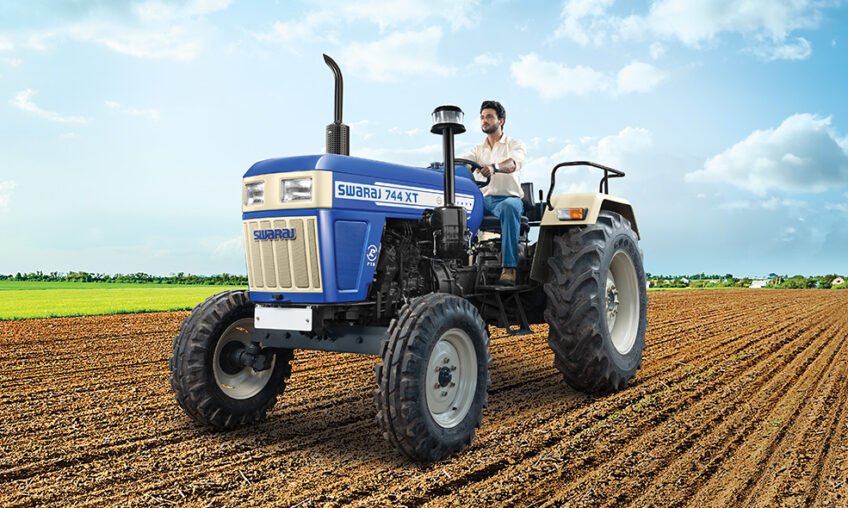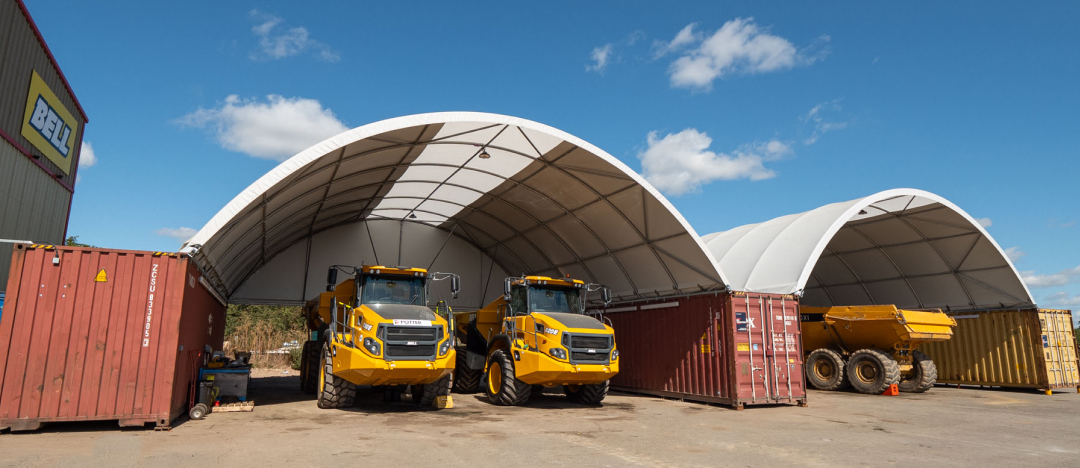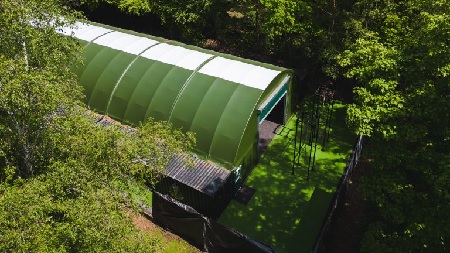There’s something deeply satisfying about the hum of an old tractor. Whether it’s a rust-streaked Ford 8N or a classic John Deere Model A, these machines tell stories with every turn of the crank. While modern tractors are packed with sensors, computers, and automated systems, their older counterparts rely on raw mechanics and straightforward engineering. To keep these timeless machines running smoothly, it’s crucial to understand the key components at the heart of their mechanics.
Let’s take a look at five essential components that make old tractors tick—and keep them ticking for decades.
1. The Engine: The Heartbeat of the Beast
At the core of every old tractor is its engine—typically a robust, low-RPM gasoline or diesel workhorse. Unlike today’s high-tech engines, older tractor engines were built for simplicity and durability. They often feature:
- Cast iron blocks and heads for longevity.
- Carburetors instead of fuel injection systems (especially in gas models).
- Magneto or distributor ignition systems, often adjustable by hand.
These engines are relatively easy to service, making them favorites among DIY mechanics. With the right care—regular oil changes, valve adjustments, and clean fuel—many of these engines are still running strong after 50, 60, even 70 years.
2. The Transmission: Gears of Grit
Old tractors typically feature manual transmissions with a limited number of forward and reverse gears. What they lack in speed, they make up for in torque and control. Key aspects include:
- Non-synchronized gearboxes, meaning you have to stop the tractor before shifting gears.
- High and low ranges, allowing flexibility for different types of field work.
- PTO (Power Take-Off) integration, letting you transfer engine power to implements.
Learning to “feel” the gears and listen to the machine is part of mastering an old tractor. With no computer to help you shift, it’s all about timing and finesse.
3. The Clutch and Brake Systems: Control Underfoot
Control in old tractors comes down to your feet. The clutch and brakes are mechanical and often require a firm press. Some features include:
- Dry plate clutches that connect and disconnect power from the engine to the transmission.
- Manual, drum-style brakes, usually operated by independent pedals—one for each rear wheel.
- Hand levers for parking or emergency braking.
These components wear over time, especially in machines that have spent decades on hilly terrain or hauling heavy loads. Regular inspection and adjustment are vital.
4. The Steering and Front Axle: Manual but Mighty
Before hydraulic steering became the norm, old tractors relied on mechanical linkages and brute strength. While they may not offer fingertip control, they’re incredibly reliable when well-maintained.
- Worm gear or rack-and-pinion systems, often requiring more effort at low speeds.
- Solid front axles with simple kingpin designs.
- Adjustable front wheel spacing, common in row-crop models.
Maintaining proper lubrication and alignment is key to keeping these systems in working order. Worn bushings or loose linkages can make steering imprecise or downright dangerous.
5. The Electrical System: Simple Spark
Electrical systems in vintage tractors are delightfully basic—just enough to get the job done. They often include:
- 6-volt or 12-volt batteries (many old models were originally 6V, later converted).
- Mechanical voltage regulators.
- Simple wiring harnesses for lights, ignition, and starter.
Restoring or upgrading the electrical system is often one of the first steps in breathing new life into a barn-find tractor. A clean set of connections and a reliable battery can make the difference between a no-start and a smooth crank.
Final Thoughts: The Beauty of Simplicity
Old tractors aren’t just tools—they’re history on wheels. They remind us of a time when machines were built to be fixed, not just replaced. Whether you’re restoring one, using it around the homestead, or just admiring it at a tractor show, understanding the mechanical systems behind these classic machines helps keep them alive.
So the next time you hop on a vintage tractor, take a moment to appreciate the elegant simplicity of its mechanics. Because in a world of digital everything, there’s something timeless about a machine you can hear, feel—and fix with your own hands.



